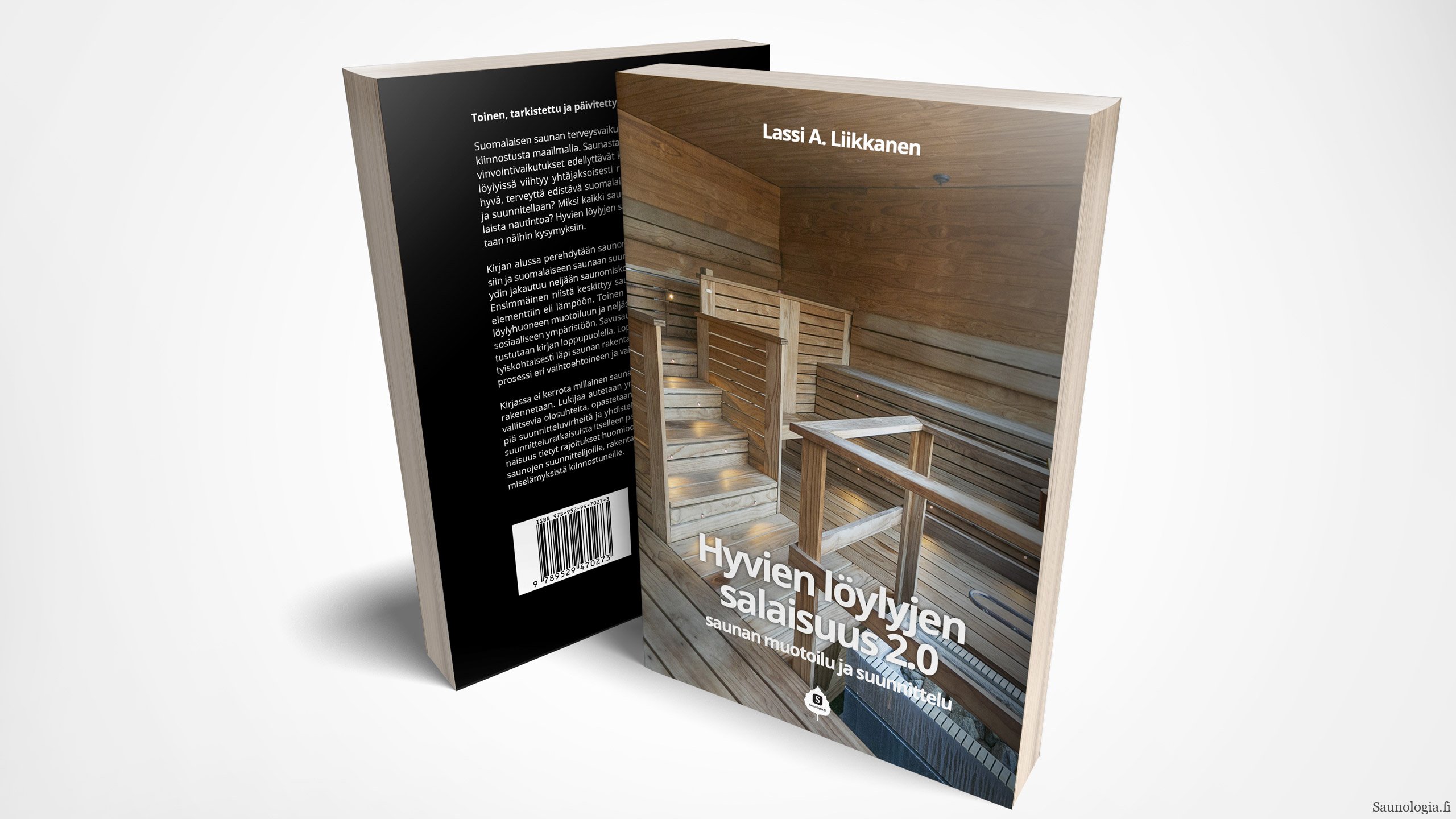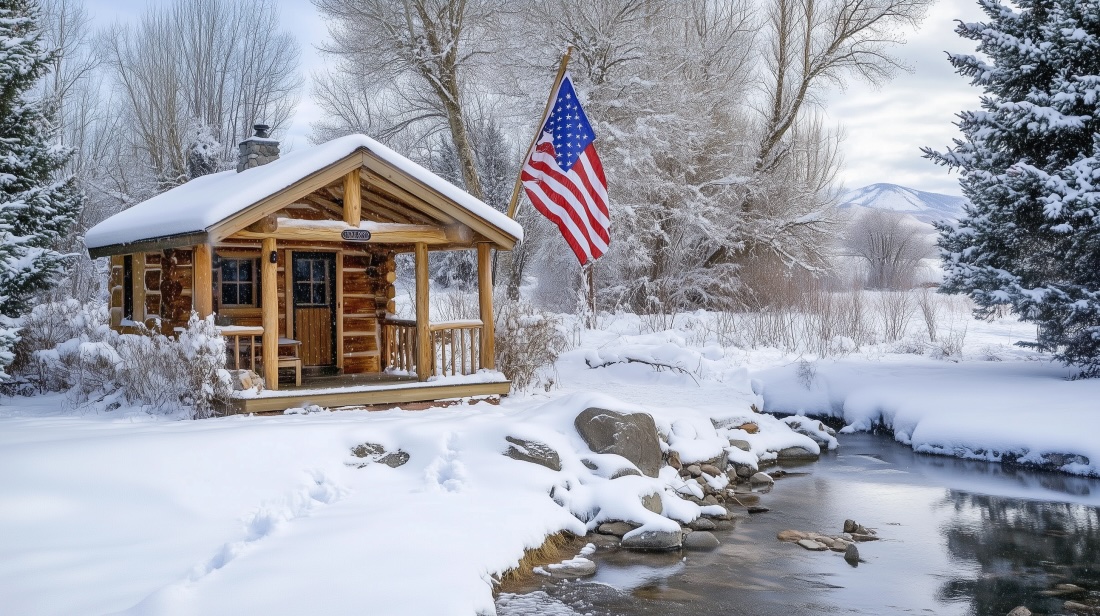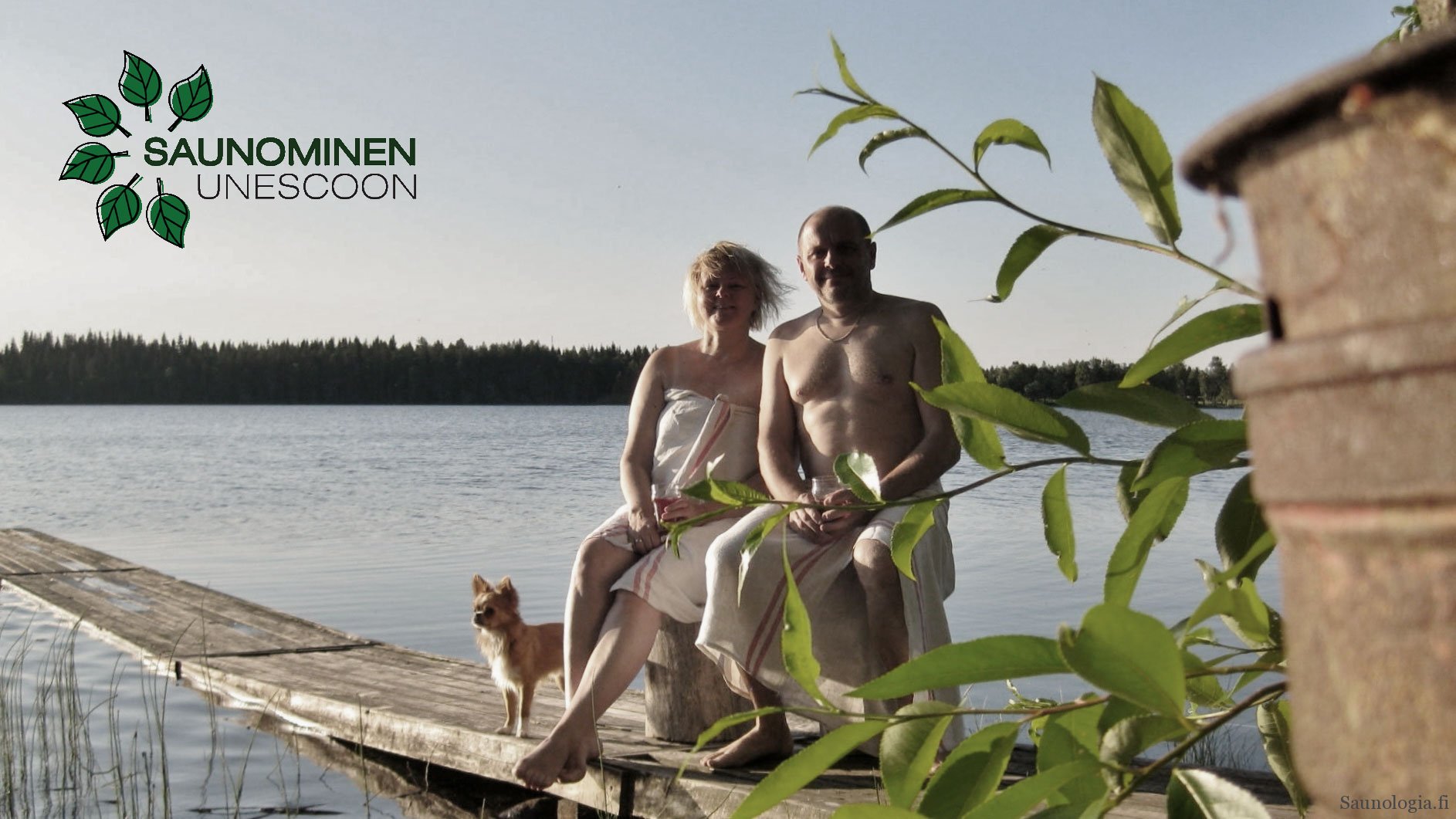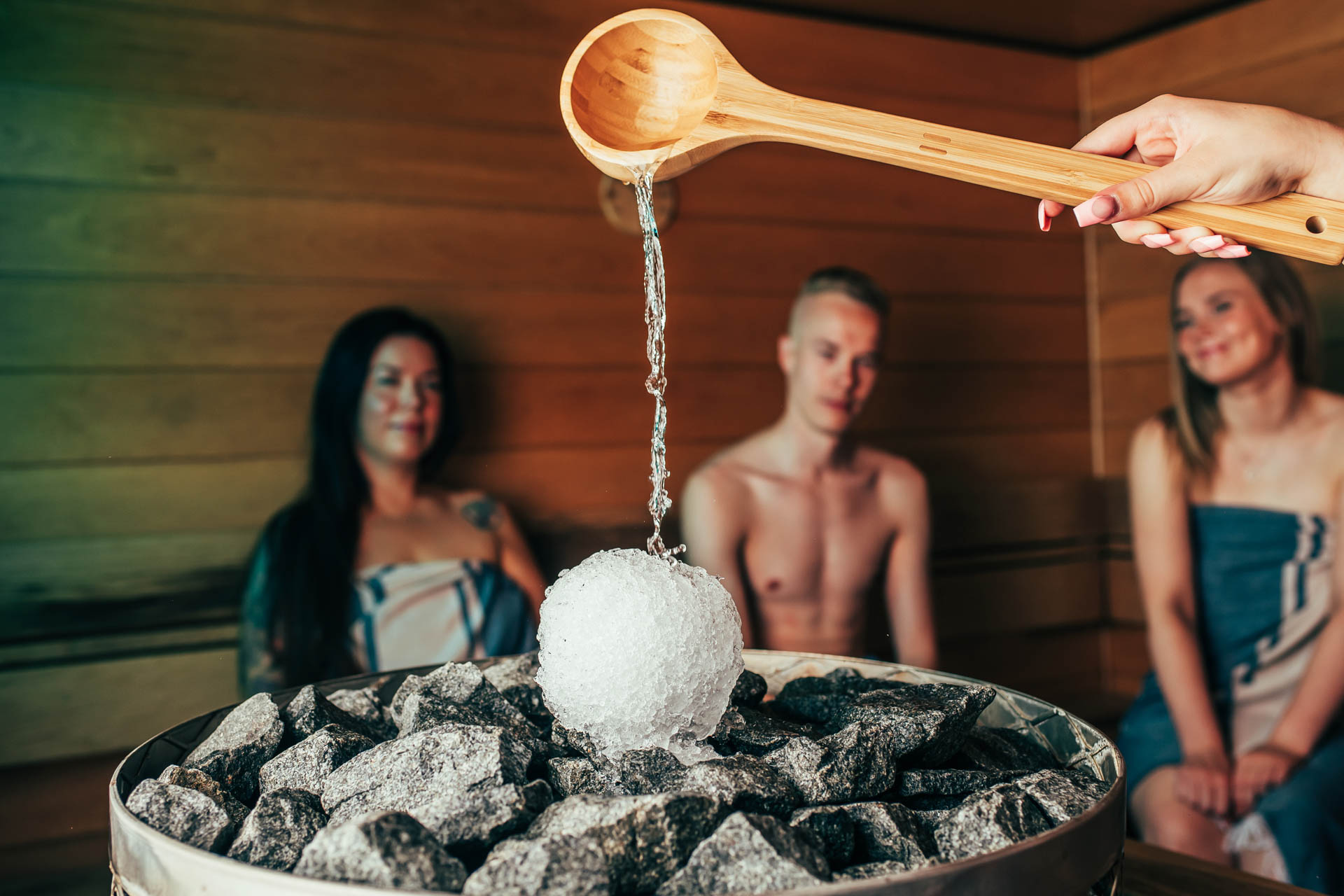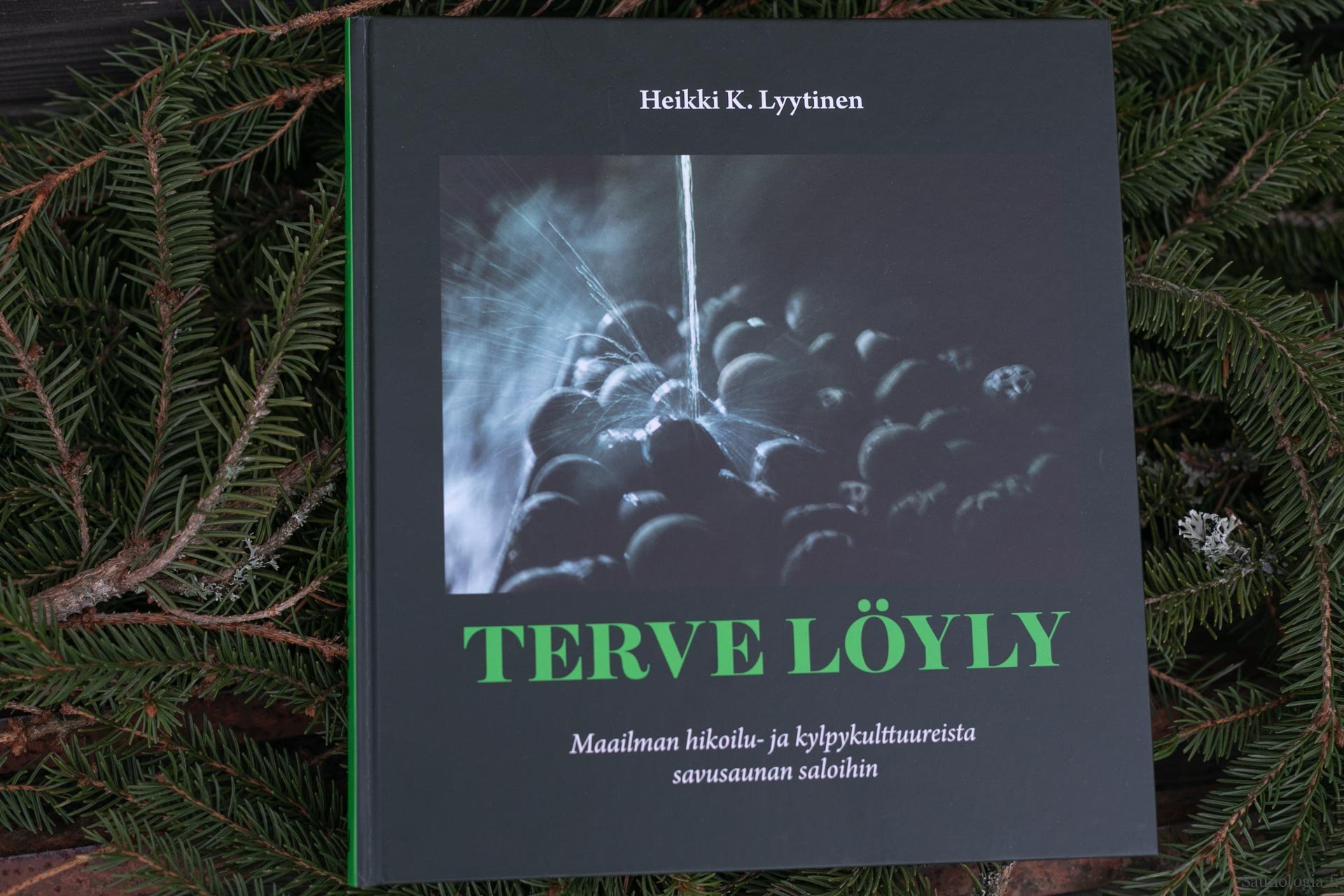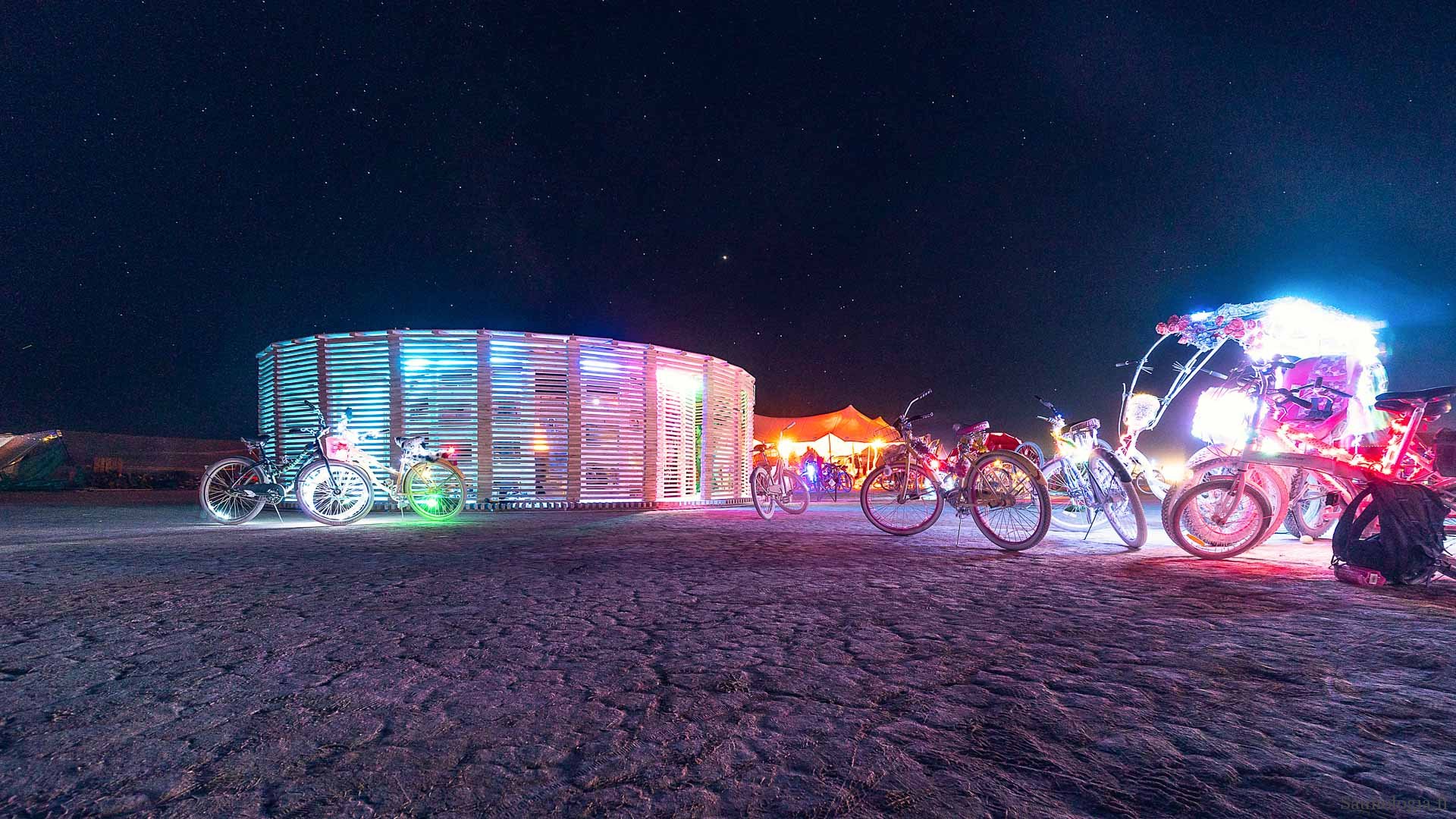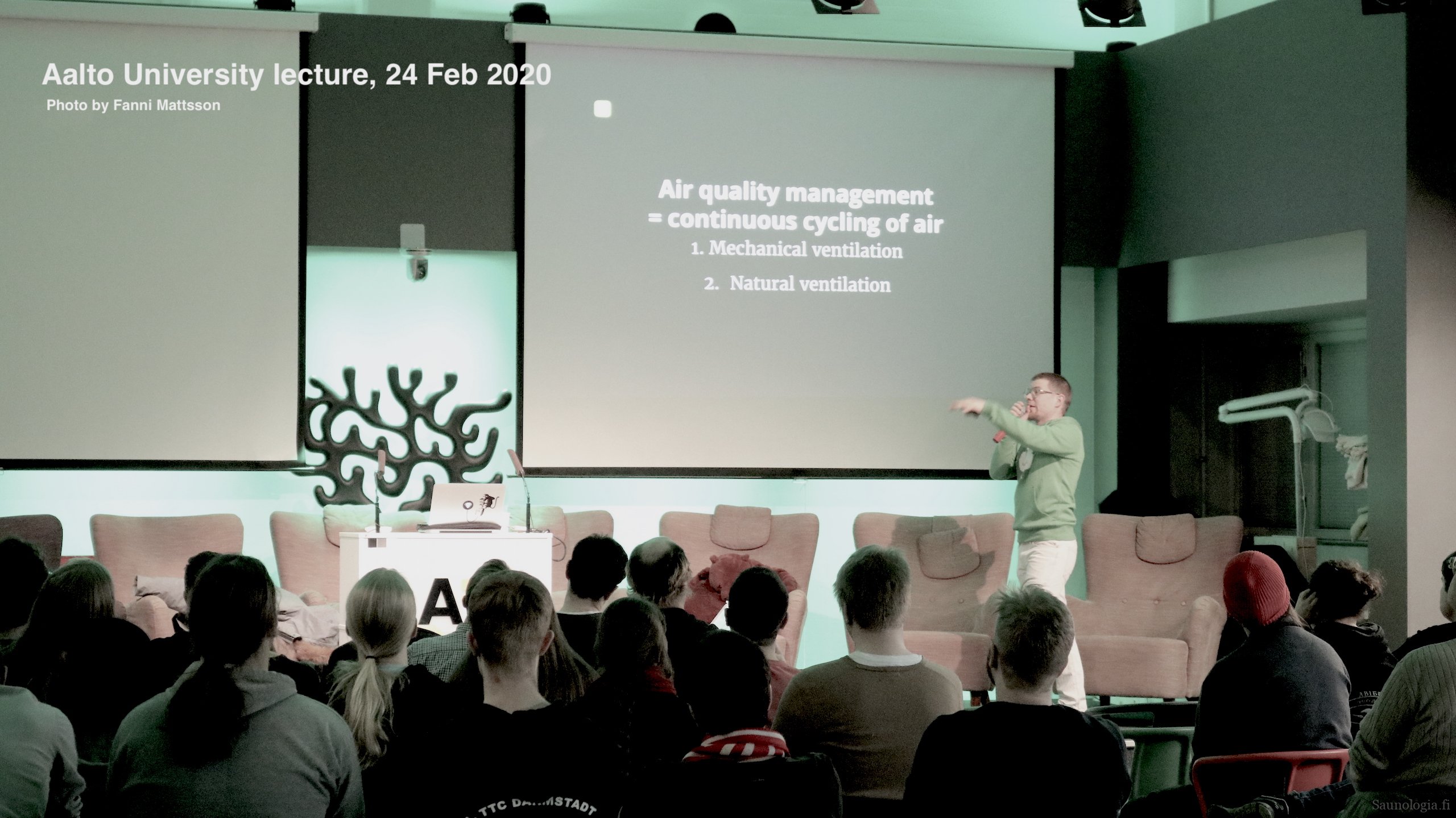Six Challenges Facing the North American Sauna Renaissance
I spent June 2024 on the U.S. West Coast, meeting sauna enthusiasts and studying the evolving sauna culture. From that trip and many online interactions over the years, I am summarizing key challenges that hinder the growth of sauna tradition in the region, dividing them into two categories: material and cultural obstacles. While material challenges—such as complex building regulations, outdated heater standards, and high equipment costs—can be addressed over time, cultural barriers present deeper challenges. The true essence of sauna goes beyond just owning a heated room; it is a process and a set of values that must be learned and embraced. As sauna culture expands, navigating these challenges will be essential to ensuring its authenticity and long-term success.
Background
During the pandemic that started the current decade, people around the world became more conscious of their health-related activities, or the lack thereof. After Covid, the Finnish Sauna became one of the hot topics of boosting wellness and increasing healthspan and has only become more popular in the past two years. This is clearly visible in Google Trends data that illustrates what people search for in Google Search.
Since my book on Finnish sauna design was published in 2021, I have had an increasing number of contacts and design customers from North America. For background research to my upcoming book, I spent June 2024 on the US West Coast, familiarizing myself with the current state of sauna and meeting some of my customers across the three states of Washington, Oregon, and California. Many of the lessons learned will be documented between the covers of my new book (”The Finnish Sauna” from Quercus, MacLehose UK), which will be published launch in the fall of 2025, currentle available for pre-sales.
This article is a unique summary of challenges troubling North America’s new rise of sauna culture. They apply mostly to private saunas but also to public baths. It splits challenges into two: material and cultural obstacles. The former are real but more manageable. The latter are more profound. They are the things money can’t buy. They will continue to pin down cultural development unless the people choose differently.
Material obstacles
1. Non-uniform construction requirements
Complicated construction regulations are a global challenge in construction, and the USA and Canada are no exceptions. In brief, the problem means that the authority over what is acceptable in design and construction is not specified at a national level; multiple local levels and authorities contribute to deciding who shall build what.
This situation creates problems for the transmission of both material and intellectual sauna building blocks across the country. For a designer, it is practically impossible to claim they know for sure what is both a good and locally acceptable solution. Somebody, usually the builder or the owner, must go through the bureaucracy and check that is a certain thing acceptable here and now. A similar issue concerns ready-made sauna solutions and possibly even building materials. This slows down all kinds of construction if you can’t be sure if an East Coast-made sauna will be approved by West Coast officials.
This issue is not a sauna-specific problem, and I don’t expect it to change anytime soon. In the meantime, anyone interested in acquiring a private sauna solution must do their own research, draw conclusions, or devise clever workarounds with the bureaucracy.
2. Outdated UL 875 standard concerning electric heaters
Most North American saunas are electric. Most of the heaters in these saunas are manufactured to meet the strict requirements of the UL 875 standard, whereas the rest of the world (including Finland) follows the international standard (IEC 60335-2-53). The UL standard was originally published in 2009 and puts a heavy burden on the compliance of equipment manufacturers. For example, the heater companies have Intertek inspectors make follow-up evaluations several times a year. This will naturally affect the price of the heaters as UL-certified heaters require separate production from EU units.
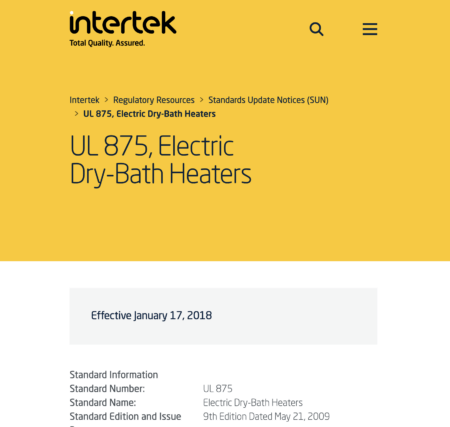
However, the cost aside, UL requirements have direct and, in my opinion, mostly negative consequences for consumers and the sauna experience. UL heaters have three major differences from international ones:
- a maximum temperature of 194 F,
- a maximum operation time of 1 h, and
- specific safety measures.
The only “pro” is that remote operation does not have similar safety requirements as the international standard.
Of the downsides, the maximum temperature of 194 F degrees (about 92 Celsius) is troubling to some, but the operation time is affecting everyone. Even though heater manufacturers try to compensate for the short powered-on time by reducing the heating time, this is next to impossible with the fashionable heaters of a vast stone mass. This means the heating must be manually restarted at least once during the session.
Luckily, work is underway to renew the UL standard and bring it closer to the international standard. Unfortunately, the path to a new standard is long and winding. Nobody knows when or if the expected upgrade will be ready. The recent US political changes may delay this further. For now, sauna fans can only wait or risk using equipment that doesn’t comply with the UL standard.
Note (23rd Feb ’25): strictly speaking, UL originates US, but Canada tends to recognize many American standards as they are, at least for now.
3. Expensive and hard-to-find hardware
Sauna equipment and materials are not regularly available in US hardware stores. The Internet makes it easier to find suppliers, but limited supply and fewer retailers mean increased costs for consumers. This, again, may promote compromises in the choice of materials, whether insulation or paneling.
The deficiency of goods also shows that regular hardware stores may not have the know-how to help buyers acquire the right materials. This slows things down and can make sauna building relatively more expensive.
This situation is also shown in the scarcity of North American brands that specialize in sauna goods. For instance, I know only two wood-burning heater manufacturers (Kuuma and Nippa) and a single electric heater company, Homecraft. As of early 2025, the trade war waged by a destructive world leader is expected to create even more trouble for imported hardware. This could reduce the availability or at least increase pricing.
Cultural obstacles
4. Unfamiliarity with the sauna process
People new to the sauna are often surprised that having a sauna means quite a lot more than just owning and heating it. Those who have gotten into the art know that a sauna is not like a walk-up-and-use gym equipment, but using a sauna is part of a larger process. This is especially true with wood-burning saunas, especially the smoke sauna, in which heating the sauna is a serious commitment of time and materials.
I will not attempt to explain the Finnish sauna process here in length. And in fact, there would be even no single process to explain as there are a lot of variations to what that might involve, but usually, some core of heating, cooling, and their repetition is found. I want to emphasize that there is much more than the sauna construction that must be mastered to get into the sauna culture. The fun and well-being aspects emerge from the whole process, not the possession of the heated room alone.
The good part is that the sauna process can be learned. It takes some time to get to know and adjust to the peculiarities of the process (inventing your own sauna process), but it’s undoubtedly achievable for everyone.
5. Unfamiliarity with the sauna values
The values behind the sauna process and the Finns’ sauna behavior are generally more complicated than those of the sauna process. Values are tied to a culture and shared among the people identifying as a single group. For instance, I think there is some small denominator of American values that, even today, is shared between people of hugely different political opinions.
When it comes to saunas, the Finnish sauna values are somewhat derived from Northern European and Finnish culture. For instance, a certain type of social connectivity and socializing is encouraged, but the sauna is not the place for public debating about business or politics, for example. On the practical side, inherent values such as hygiene and cleanliness are more straightforward to put into words but very different things to enforce or follow.
For example, Sauna from Finland organization’s handbook (2021) enlists eight values: Well-being & Health, Presence & Relaxation, Cleanliness, Safety, Authenticity, Multisensoriality, Contrast, and Responsibility, which are all part of the Finnish sauna culture. I do not fully share the priorities of the list, but most of the topics ring true to me. The lesson is that although you can mostly vary the sauna process, what you can and cannot do is reflected through the values underneath.
I don’t expect that we Finns should ever export our values in their entirety. Some values, such as safety, health, and presence, are more critical and should be preserved. Once sauna users worldwide have tasted what a sauna process along these values means, they can decide for themselves whether they want to be governed by such ideals. The listed values don’t mention sensitive topics such as nudity or gender segregation, which is probably for the better and currently confuses even the Finns themselves.
6. Mixed messages in marketing and social media
Finally, the biggest challenge is communication. It seems everyone, myself included, wants to have a say in what a sauna is. People’s motivations differ, and the outcome is a cacophony of mixed messages, at worst, blatant defamation of incompatible ideas with imaginary arguments. No wonder those seeking “healthy sauna” are quickly led astray.
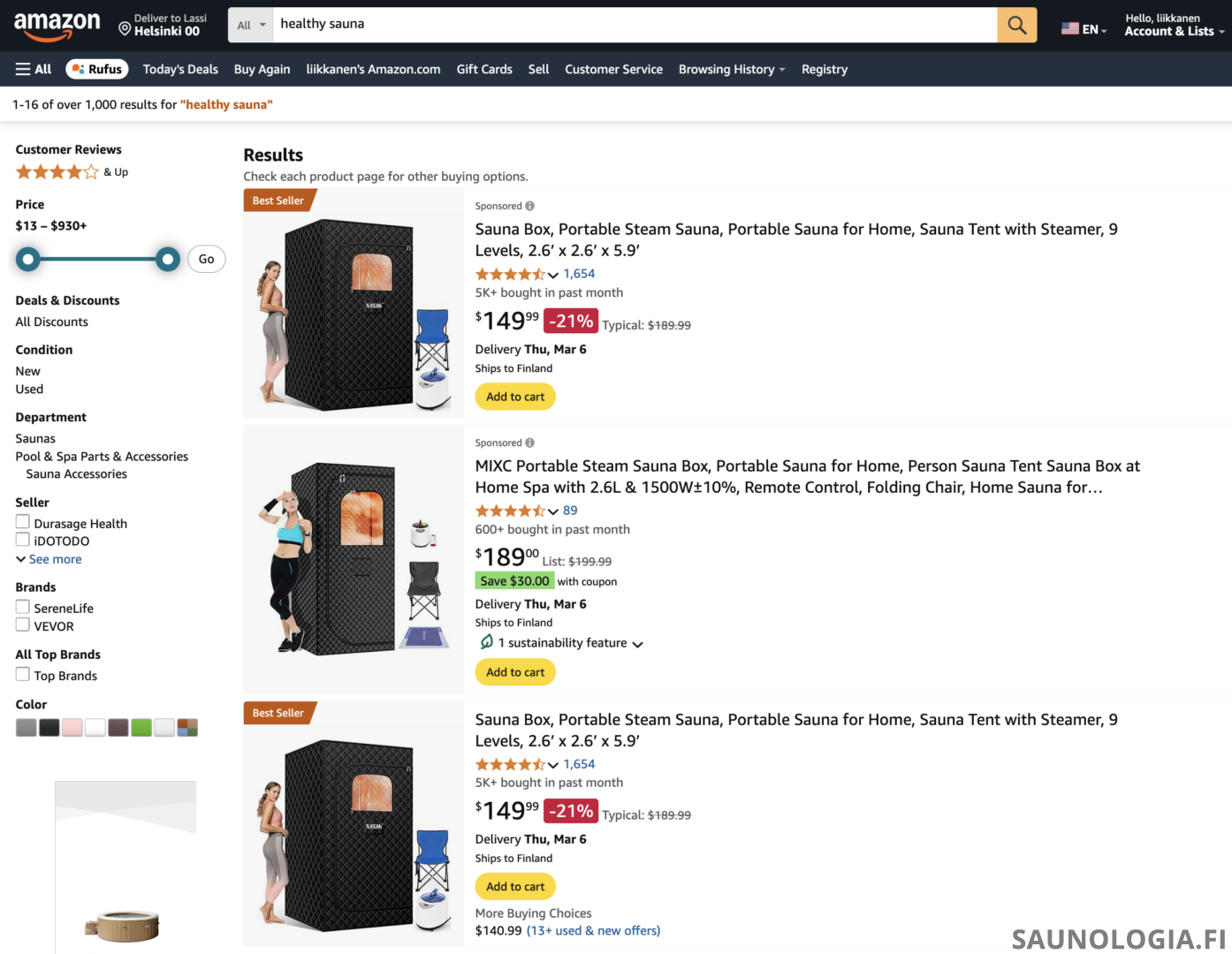
Some want to have their voice heard to make money selling hot room equipment. Some are devoted to the art of sauna and have almost a religious calling to spread the good word about its miraculous benefits. Some people care about the sauna’s history, cultural roots, and authenticity. Some rather like a compelling story, regardless of its truthfulness.
Messaging is a difficult topic because it all comes down to deciding who gets a say in shaping sauna culture. For instance, if we look at manufacturers of infrared cabins, they all say that “infrared sauna” is a superior solution to traditional saunas in almost every way, and you shall want nothing more. And as you may guess, I don’t think an infrared cabin is a sauna at all.
I fear the more money goes around, the dirtier it will get. We don’t yet have many huge sauna influencers who would be brand ambassadors or salesmen of certain brands, covertly or openly, but as the business grows, this will inevitably change. After that, things will likely be even more confusing. Initiatives such as Finlandia Foundation’s 2025 Speaker of the year Eero Kilpi, provide much-needed neutral Finnish bred, but cultivated-in-America understanding in this respect.
Where do I, with Saunologia, stand here? I advocate for the Finnish style of saunas and the culture and process of sauna use. I endorse some Finnish and Estonian product brands because I see them as guaranteed solutions to ensure that some building blocks of the experience are robust and reliable.
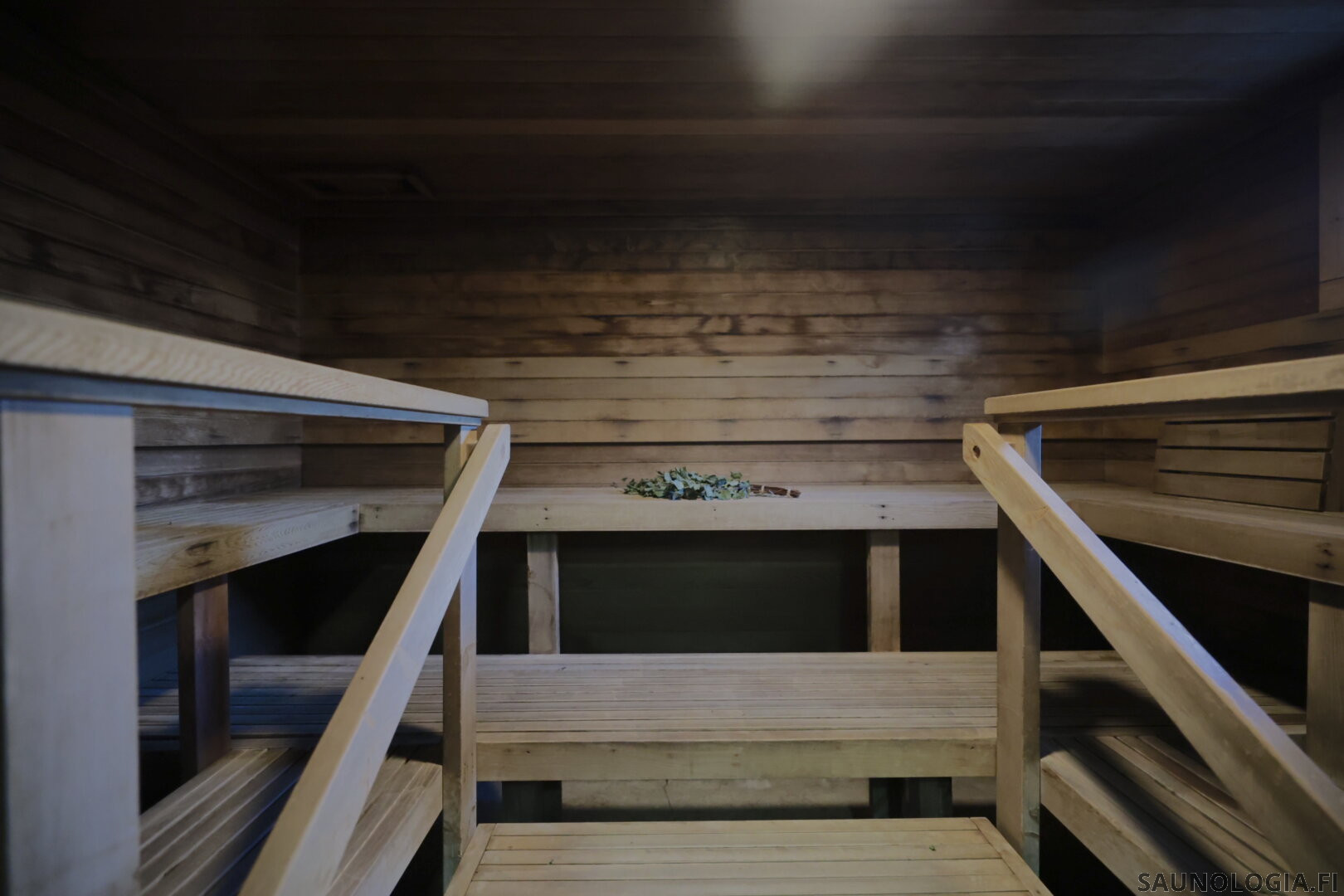
Conclusion
I have presented six challenges for the rise of new North American sauna culture. The result of overcoming challenges is not that North Americans would have a culture identical to Finland’s. The desired outcome is that people will have saunas of good quality and understand well how to use them to their holistic benefit in ways informed by the North European traditions. The development will go on from there to an unknown future. For instance, in Japan, the current state of the sauna is very interesting because it is clearly an adaptation, not a replication of the Finnish sauna culture. A similar development is taking shape in Norway, where there is also a much work to be done and a huge interest to do it.
Note (23rd Feb ’25): In this story I have intentionally exaggerated and considered the whole of North America as a single underdeveloped region. This does not do justice to the regions which have for long nourished their local sauna cultures. For example, Upper Peninsula (UP) in Michigan is a home to such niche that has been extensively covered in Upper Bench podcasts.
I wish all nations best of luck in creating a new era of saunas!
Big thanks to all American sauna enthusiasts I have had to honor to communicate in the past five years!
